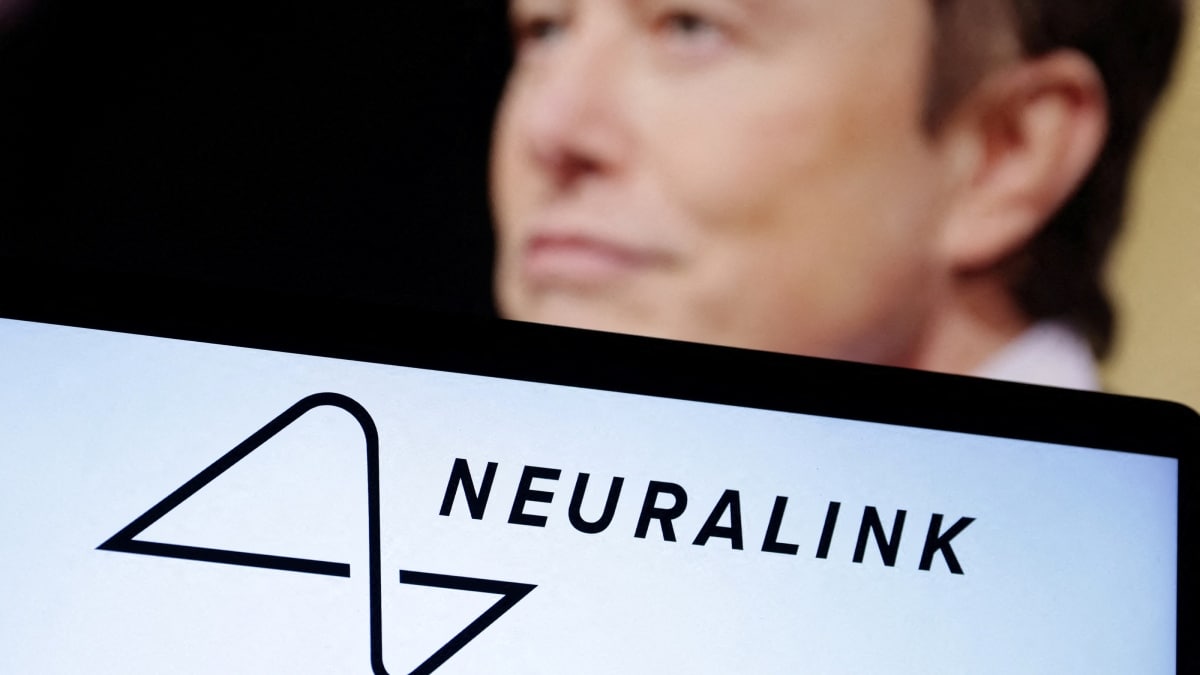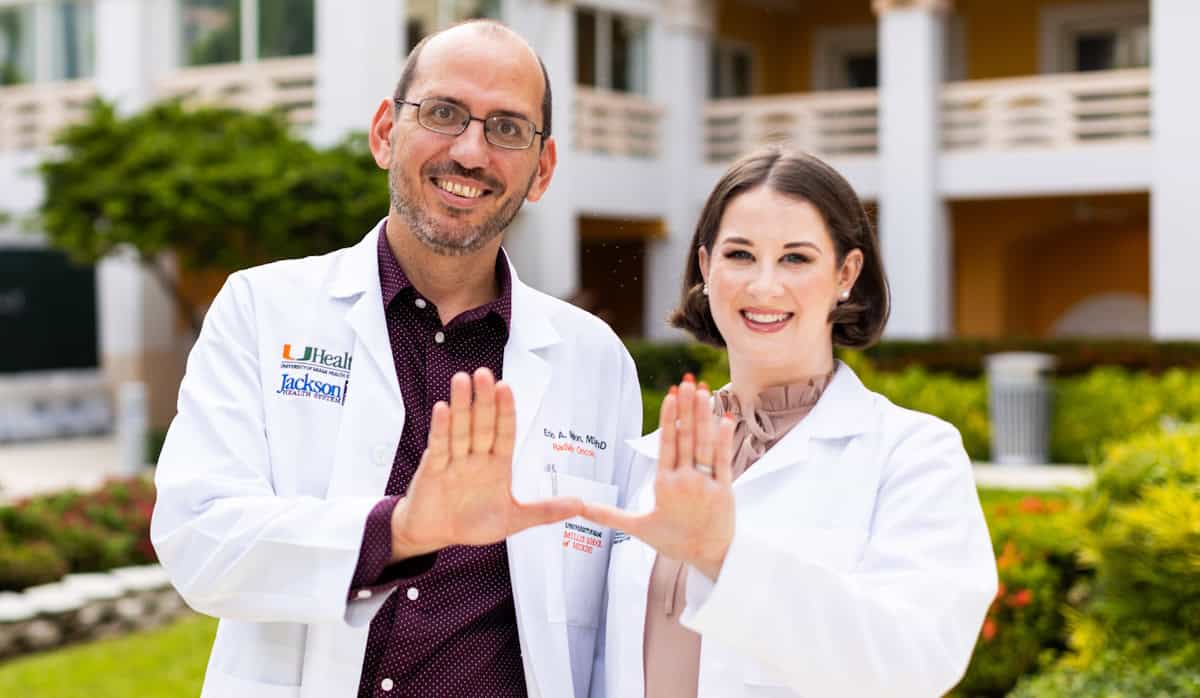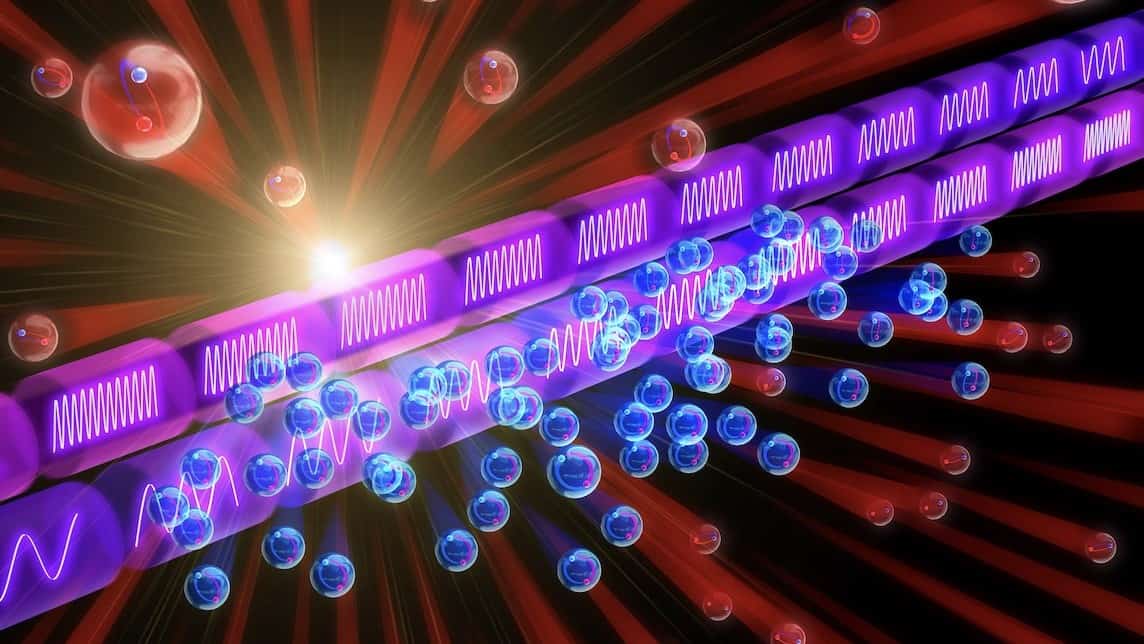Exposing yourself to the bright screens of smartphones, laptops, and TVs, has been known for putting strain on eyes and have an adverse impact on the users’ health in the long run. Now, researchers from the Oregon State University have revealed that the damaging effects of the blue light emanating from these bright displays worsen as one gets older. To reach the conclusion, the team conducted an experiment on Drosophila melanogaster or the common fruit fly. The fly was chosen for the experiment as it serves as an important model organism given the cellular and developmental mechanisms it shares with humans and other animals.
In the study, published in Nature Partner Journals Aging, researchers assessed the survival rate of flies when they were kept in darkness and then exposed to constant blue light from LEDs at progressively older ages.
The flies were moved from dark to blue light at the ages of two, 20, 40, and 60 days. Following this, the mitochondria of the flies’ cells were examined for effects of the blue light on it. Mitochondria are called a cell’s power plant which generates chemical energy in the form of adenosine triphosphate (ATP).
In an earlier study, researchers had shown that blue light affects a fly’s longevity regardless of the fact that the light is reaching its eyes or not. “The novel aspect of this new study is showing that chronic exposure to blue light can impair energy-producing pathways even in cells that are not specialized in sensing light. We determined that specific reactions in mitochondria were dramatically reduced by blue light, while other reactions were decreased by age independent of blue light. You can think of it as blue light exposure adding insult to injury in aging flies,” said Jaga Giebultowicz, a researcher at the OSU College of Science. Giebultowicz is also the lead author of the study.
Scientists have observed that natural light was crucial for the circadian rhythm of an individual. It is the 24-hour cycle of psychological processes that includes hormone production, brain wave activity, and cell regeneration. These factors are important for sleeping and eating patterns.
Giebultowicz said evidence indicates that artificial light can be a risk factor for sleep and circadian disorders. He added that with the rising use of LED lighting, humans are exposed to an increasing level of light in the blue spectrum as a high fraction of blue light is emitted from LEDs.
“There are increasing concerns that extended exposure to artificial light, especially blue-enriched LED light, may be detrimental to human health. While the full effects of blue light exposure across the lifespan are not yet known in humans, accelerated ageing observed in a short-lived model organism should alert us to the potential of cellular damage by this stressor,” explained Giebultowicz.









